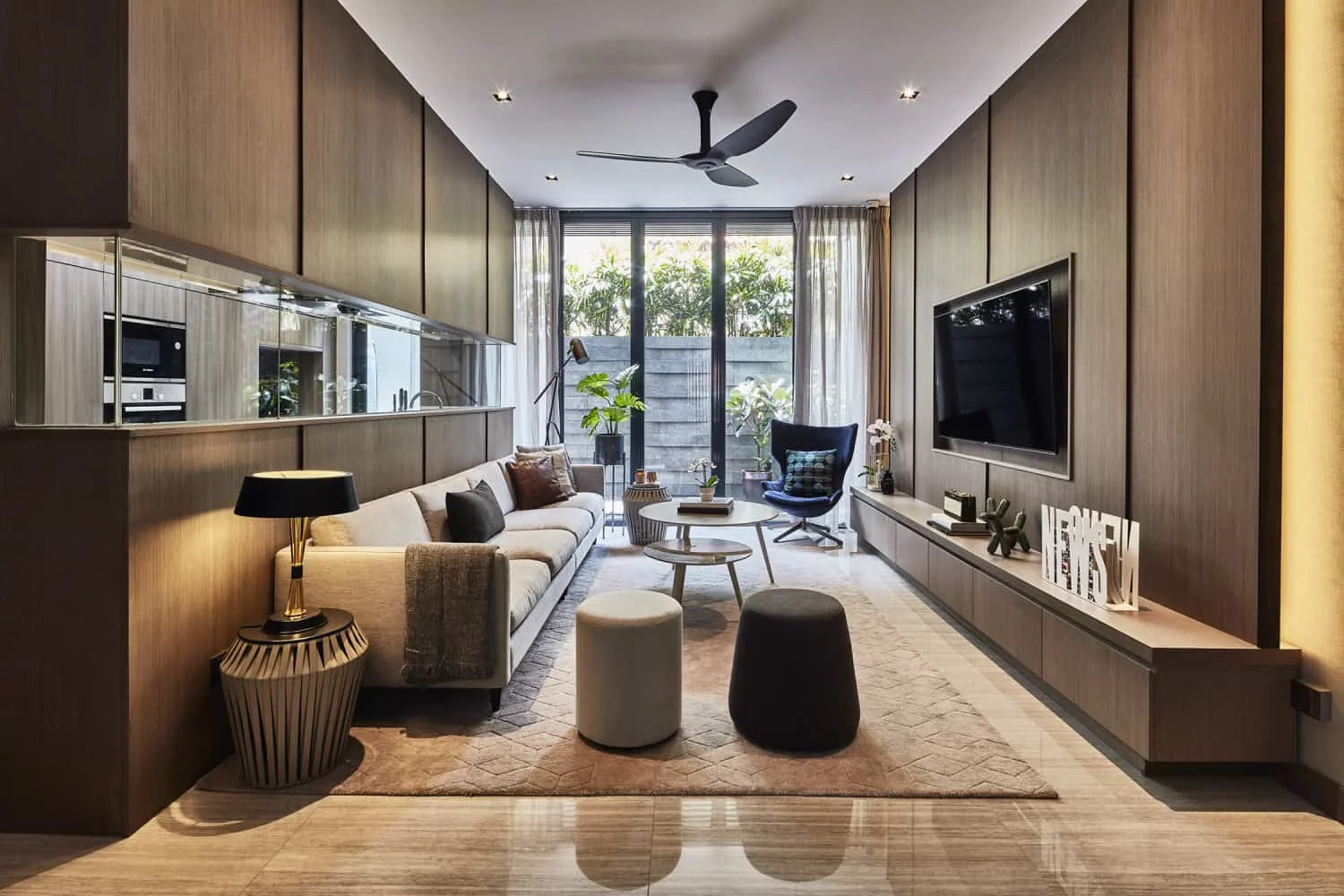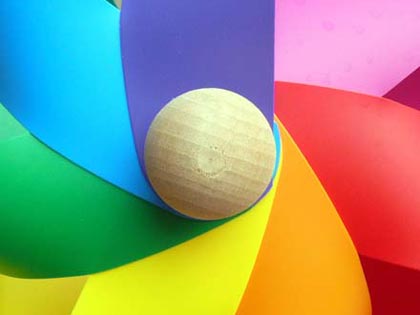You’ll face distinct lighting scenarios in Singapore that push your technical limits as an interior photographer. The equatorial position creates harsh direct light alongside dense urban shadows, while humidity affects how light disperses through spaces. When you’re capturing a colonial shophouse one hour and a glass skyscraper the next, standard exposure techniques often fall short. Mastering these unique conditions transforms challenging shoots into portfolio highlights—and separates amateurs from professionals in this competitive market.

Taming Singapore’s Equatorial Light: Techniques for Extreme Brightness
While Singapore’s position near the equator delivers abundant natural light year-round, this geographical advantage creates significant challenges for interior photographers. You’ll face harsh sunlight that casts extreme shadows and creates overwhelming brightness contrasts within spaces.
To tame this equatorial intensity, employ graduated neutral density filters to balance exposure between windows and interiors. Bracket your shots meticulously, capturing multiple exposures that you’ll blend in post-processing. Schedule sessions during the golden hours—early morning or late afternoon—when light becomes more directional and manageable. When shooting during midday, diffuse that harsh sunlight with translucent screens or specialized reflectors designed for interior photography.
The Urban Jungle Effect: Navigating Glass, Steel and Reflective Surfaces
Because Singapore’s architecture features an abundance of glass facades, mirrored surfaces, and metallic elements, interior photographers face unique compositional challenges beyond mere lighting control.
When shooting, you’ll need to position yourself strategically to minimize unwanted reflections—particularly your own. Use polarizing filters to manage reflectivity and enhance color saturation on glossy surfaces. Consider HDR techniques to balance extreme contrast between bright reflections and shadowed areas.
Singapore’s clustered buildings often create complex light patterns through windows. Embrace these as compositional elements or schedule shoots when neighboring structures won’t cast distracting reflections. Master the art of subtle flash bouncing to soften harsh reflections on steel and glass finishes.
Heritage Meets Modern: Balancing Light in Mixed Architectural Styles
Singapore’s architectural landscape presents a fascinating challenge where colonial heritage buildings stand alongside ultramodern structures, creating distinctive lighting puzzles you’ll need to solve during interior photography sessions.
When shooting in shophouses or black-and-whites, you’ll encounter dark timber elements alongside bright, modern additions. Balance these extremes with bracketed exposures and gradient filters. Traditional spaces often feature warm tungsten lighting against daylight streaming through modern glass extensions—requiring precise white balance adjustments.
Deploy subtle fill lighting to illuminate heritage details without overpowering their character. Consider using split-toning in post-processing to harmonize the color temperatures between old and new elements, preserving authenticity while ensuring visual coherence.
Tropical Humidity and Light Quality: The Invisible Challenge
Despite remaining unseen through your viewfinder, Singapore’s extreme humidity profoundly affects the quality of light in interior spaces, creating unique challenges you’ll need to overcome.
Water vapor particles suspended in air scatter and diffuse light, reducing contrast and creating a slightly hazy quality in naturally lit interiors. You’ll notice this effect intensifies during monsoon seasons when humidity reaches 90%+.
Combat this phenomenon by increasing contrast in post-processing, using polarizing filters to cut through atmospheric haze, and scheduling shoots during lower humidity periods (typically 10am-2pm). For artificial lighting setups, position strobes closer to subjects and consider using grids to prevent light scatter through moisture-laden air.
